The biggest crises that the Roman Empire faced
The Roman Empire is one of history’s most fascinating powerhouses, full of glorious achievements and colossal downfalls. From its humble beginnings to its sprawling expanse, Rome faced numerous challenges that tested its resilience and adaptability.
In this article, we will journey through some of the most dramatic episodes in Roman history, exploring the trials and tribulations that shaped the empire and left an indelible mark on the world.
The Early Republic’s Struggles: A Rocky Start
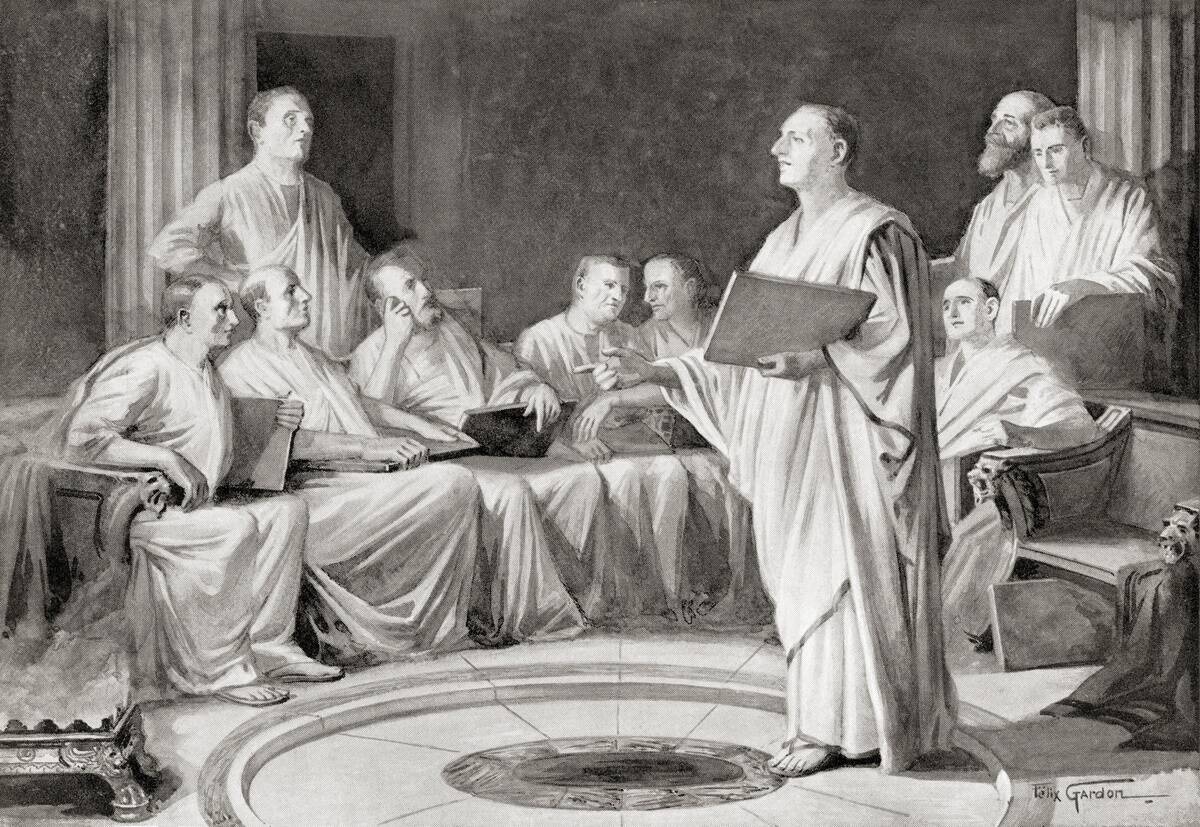
Rome’s journey to greatness was anything but smooth. In its early days, the Roman Republic grappled with internal conflicts and external threats. Power struggles between the patricians and plebeians led to the establishment of the Twelve Tables, Rome’s first set of laws.
These were significant in creating a fairer legal foundation, yet the Republic still faced threats from neighboring tribes eager to capitalize on Rome’s vulnerabilities.
The Gallic Invasion: When Rome Was Nearly Wiped Off the Map
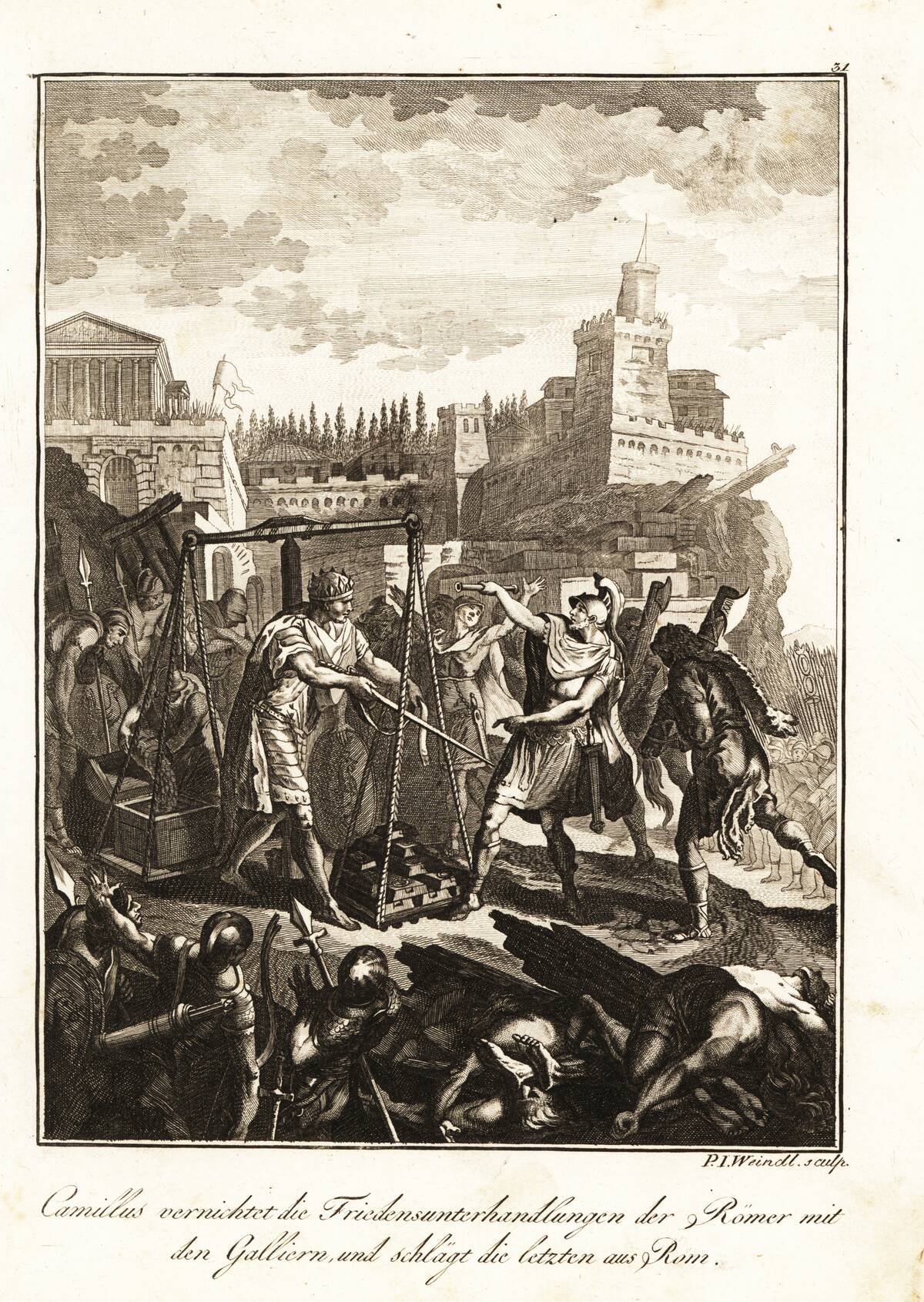
Around 390 BCE, Rome faced a terrifying ordeal when the Gauls invaded and sacked the city. Led by the chieftain Brennus, the Gauls defeated the Roman army at the Battle of the Allia.
This invasion was so devastating that it left Rome on the brink of collapse. Legend has it that the sacred geese of Juno alerted the Romans to a surprise attack on the Capitoline Hill, saving the city from complete destruction.
The Punic Wars: The Clash with Carthage
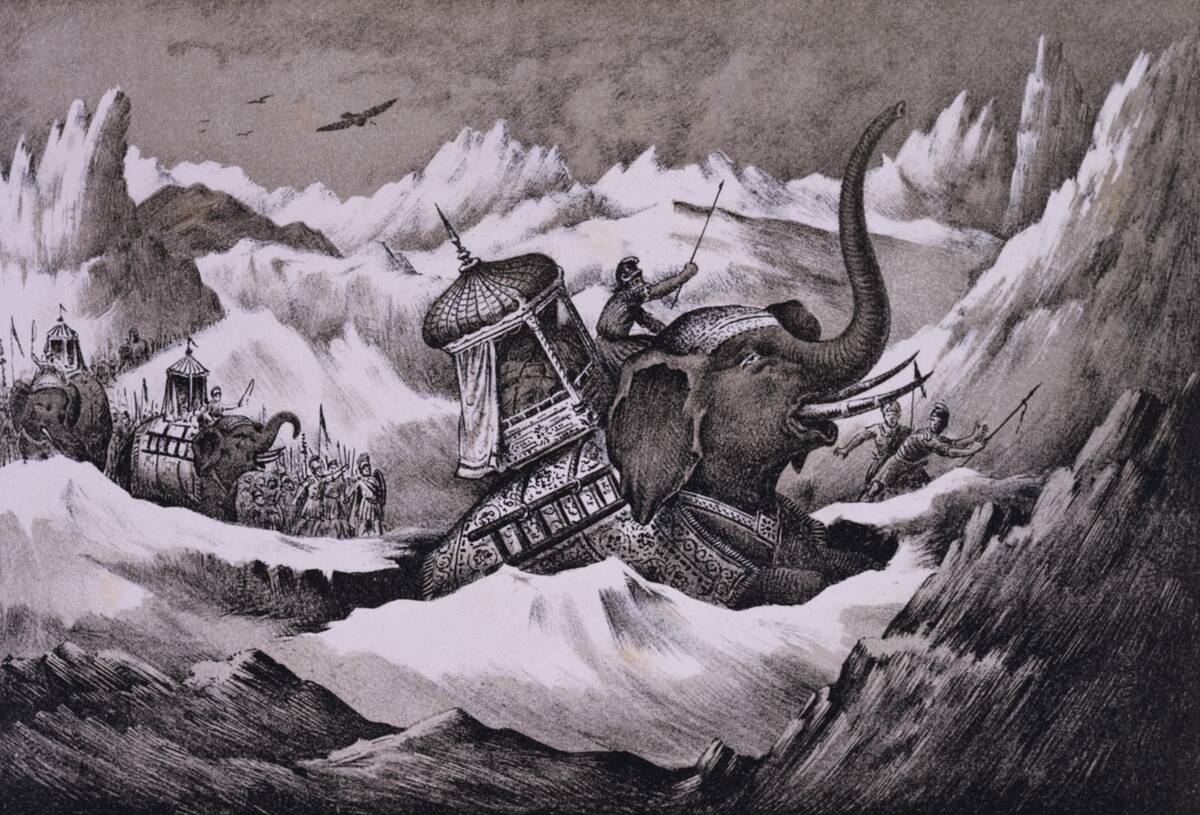
The Punic Wars between Rome and Carthage were a series of epic conflicts that spanned over a century. The rivalry began in 264 BCE, with Rome eventually emerging victorious in 146 BCE.
Hannibal’s audacious crossing of the Alps with war elephants remains one of the most iconic military maneuvers in history. Despite initial Carthaginian successes, Rome’s strategic persistence and naval dominance turned the tide in their favor, cementing their status as a Mediterranean powerhouse.
Spartacus and the Slave Revolt: An Uprising to Remember
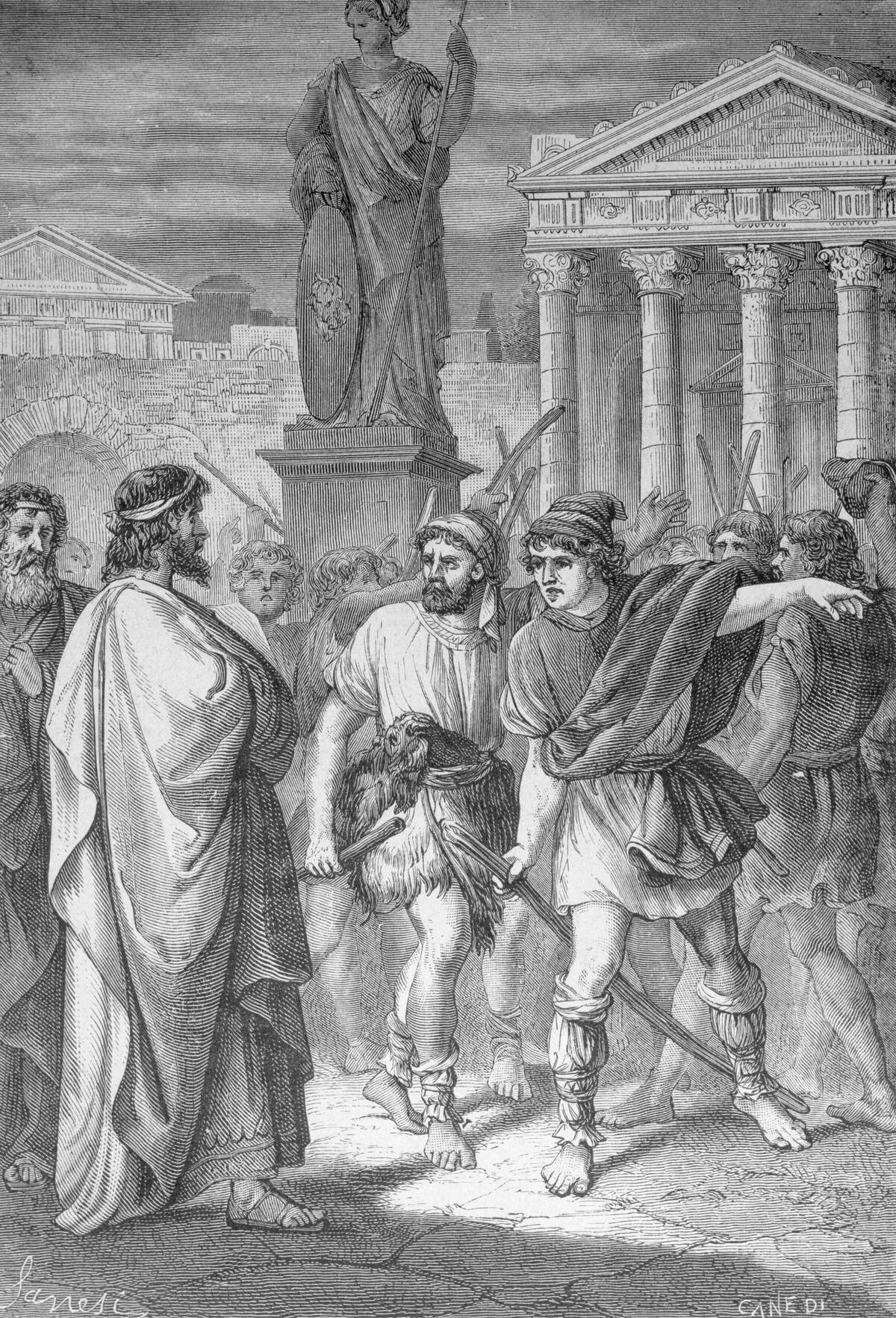
In 73 BCE, Spartacus, a Thracian gladiator, led a massive slave revolt that shook Rome to its core. The rebellion saw thousands of slaves rise against their Roman oppressors, winning several battles and causing widespread panic.
Though ultimately crushed by the forces of Marcus Licinius Crassus, Spartacus’s revolt highlighted the deep-seated social tensions within the Republic and the vulnerabilities of Rome’s reliance on slave labor.
Caesar Crosses the Rubicon: The Dawn of Civil War
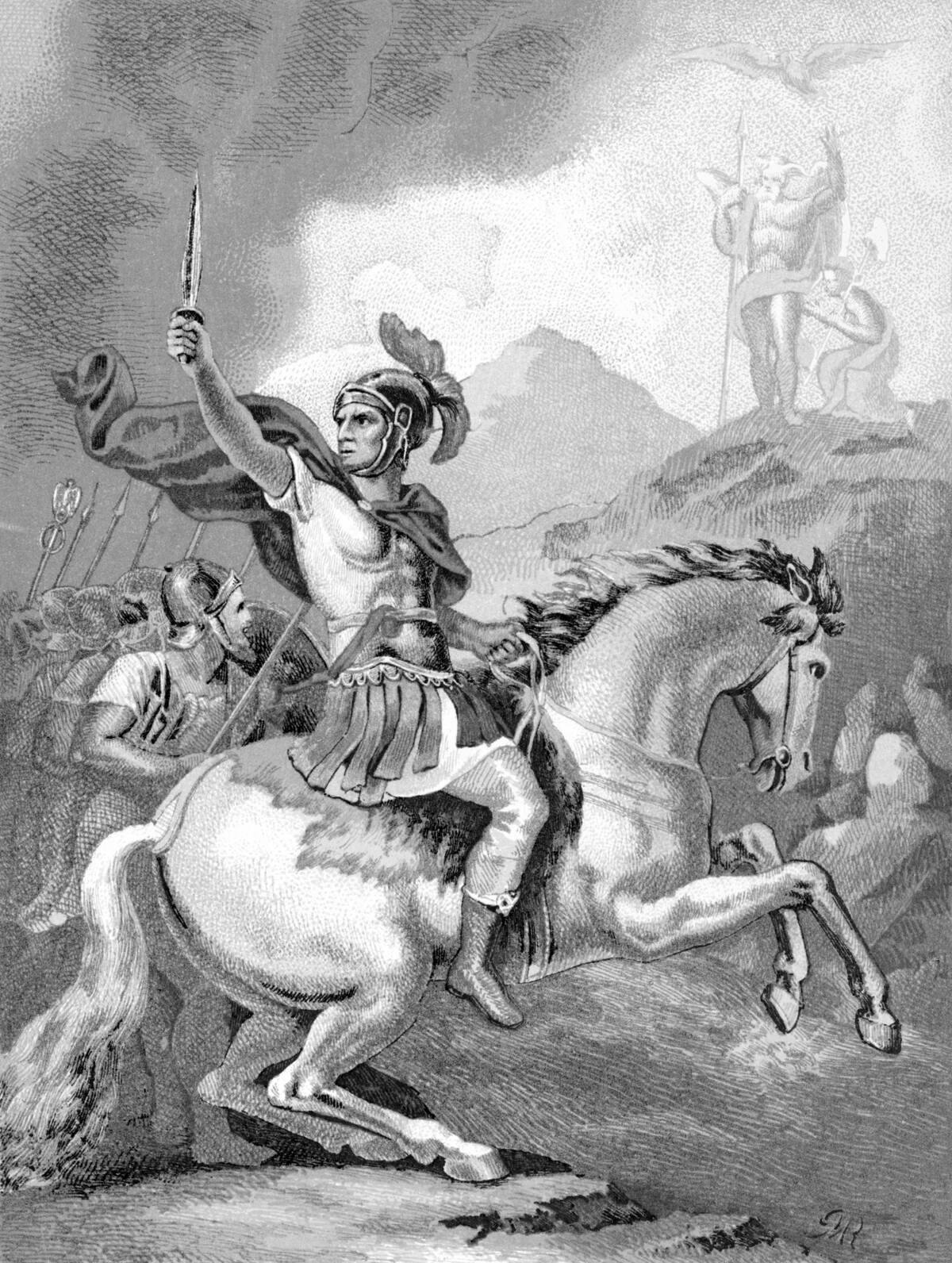
On a fateful day in 49 BCE, Julius Caesar crossed the Rubicon River with his legion, defying the Roman Senate and sparking a civil war. This bold move was both a literal and figurative point of no return, as it led to the fall of the Roman Republic and the rise of the Roman Empire.
Caesar’s gamble paid off as he emerged victorious, but it set the stage for further turmoil and the eventual end of the Republic.
The Ides of March: The Assassination of Julius Caesar
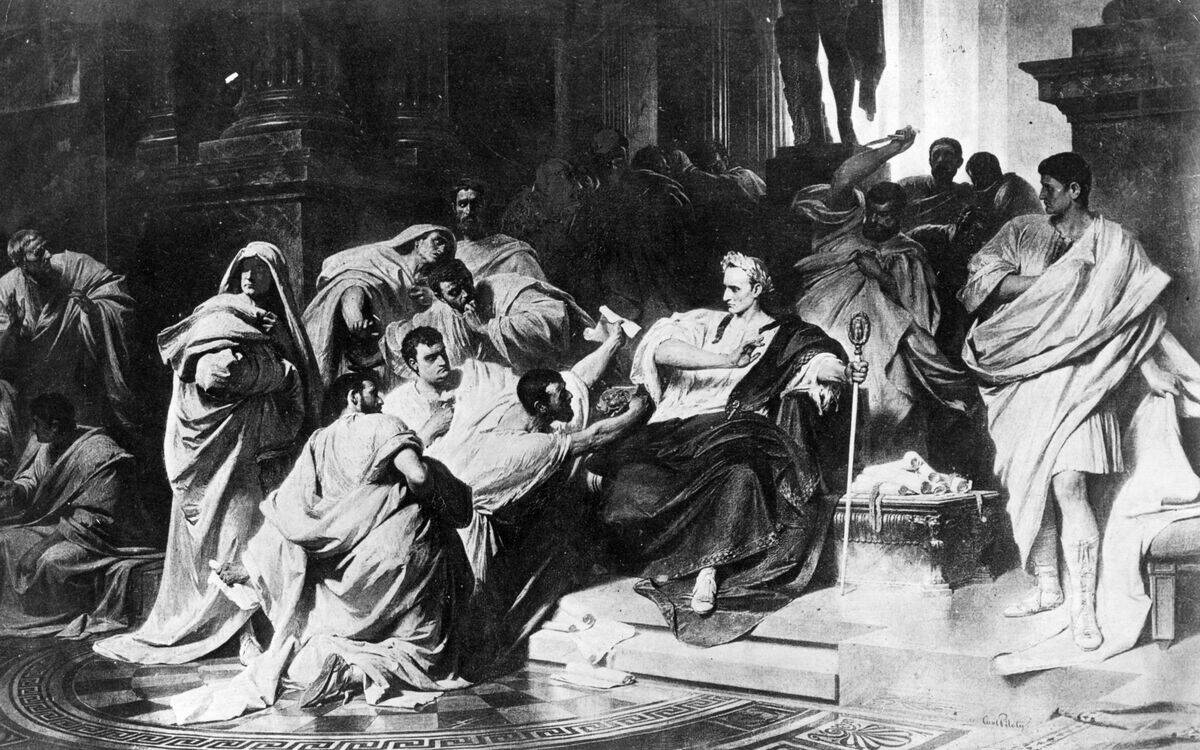
March 15, 44 BCE, marks the infamous day when Julius Caesar was assassinated by a group of senators led by Brutus and Cassius. Their motive was to save the Republic from Caesar’s perceived tyranny, but the assassination plunged Rome into chaos.
The power vacuum and ensuing civil wars ultimately paved the way for the rise of Caesar Augustus and the Roman Empire, altering the course of Roman history forever.
The Year of the Four Emperors: A Chaotic Succession Crisis
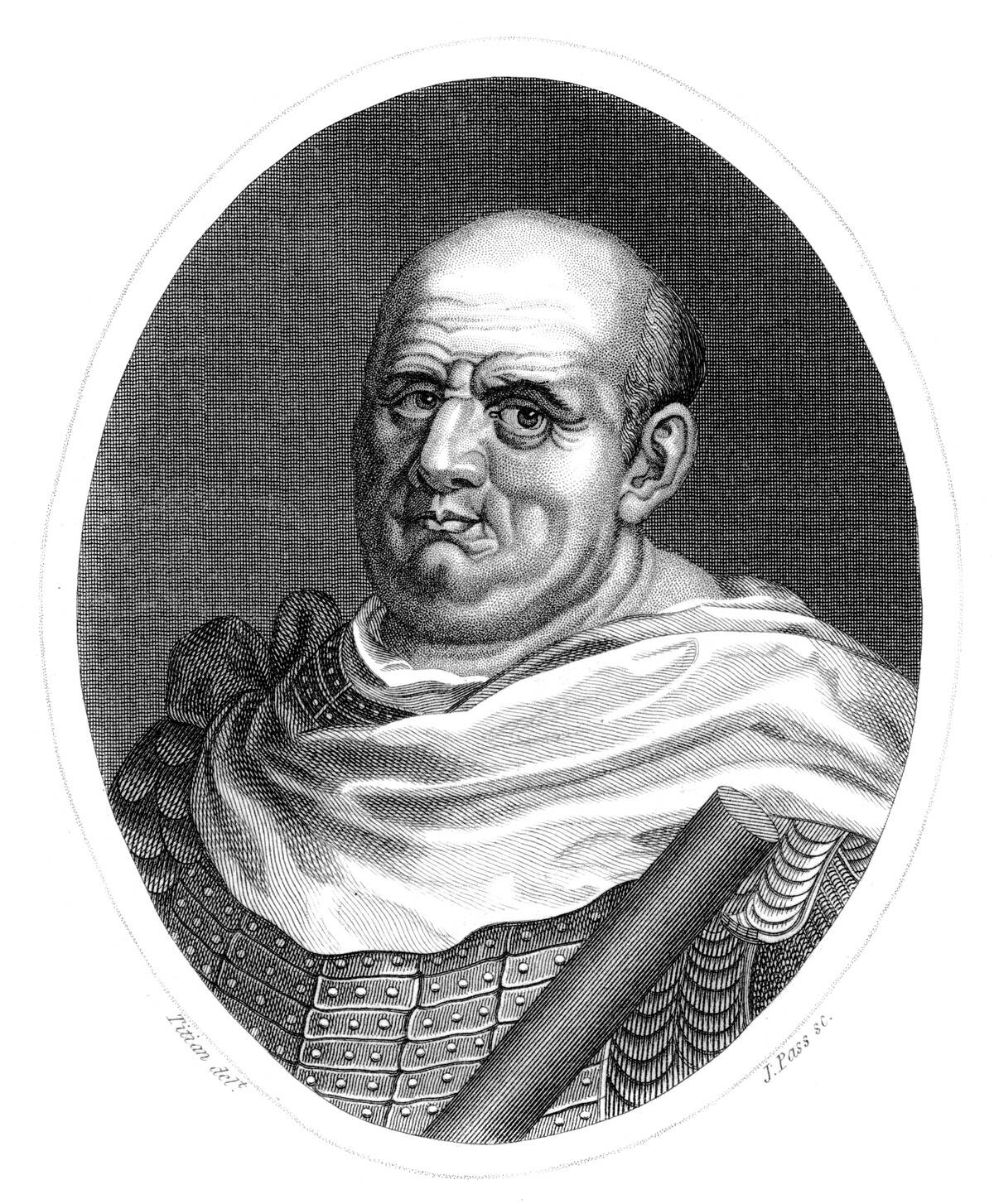
In 69 CE, the Roman Empire was thrown into disarray during the Year of the Four Emperors. Following the death of Emperor Nero by his own hand, a rapid succession of rulers — Galba, Otho, Vitellius, and Vespasian — vied for control.
This tumultuous period highlighted the fragility of imperial power and the importance of military support. Ultimately, Vespasian (pictured) emerged victorious, establishing the Flavian dynasty and bringing a semblance of stability back to Rome.
Boudica’s Rebellion: A Queen’s Fury Against Rome
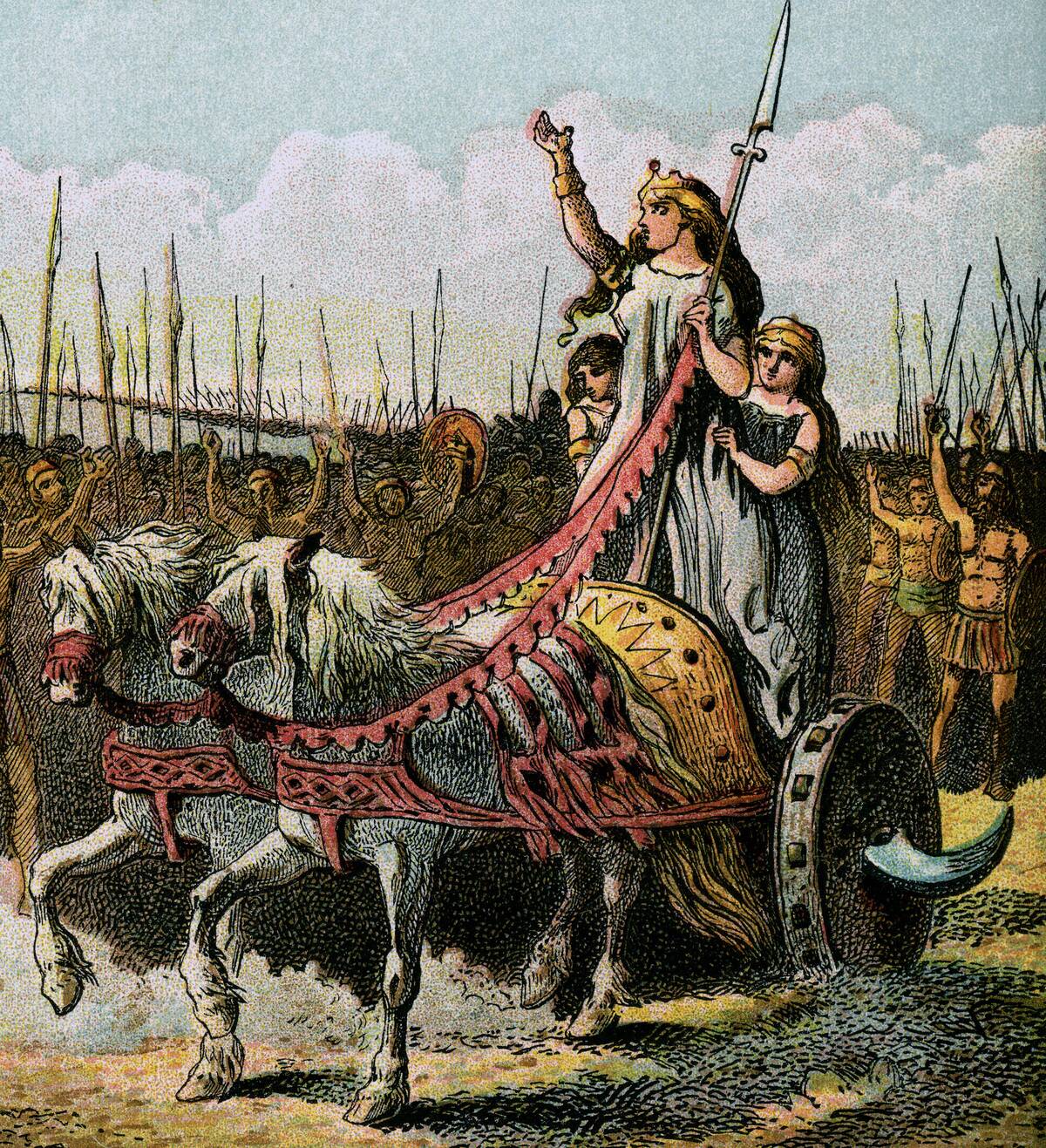
In 60 or 61 CE, Boudica, the queen of the Iceni tribe, led a fierce rebellion against Roman rule in Britain. Angered by Roman exploitation and personal grievances, Boudica’s forces destroyed several Roman settlements, including Londinium (modern-day London).
Despite initial successes, her rebellion was ultimately crushed by the well-disciplined Roman legions. Boudica’s legacy, however, lived on as a symbol of resistance against oppression.
The Jewish Revolts: Faith and Fury in Judea
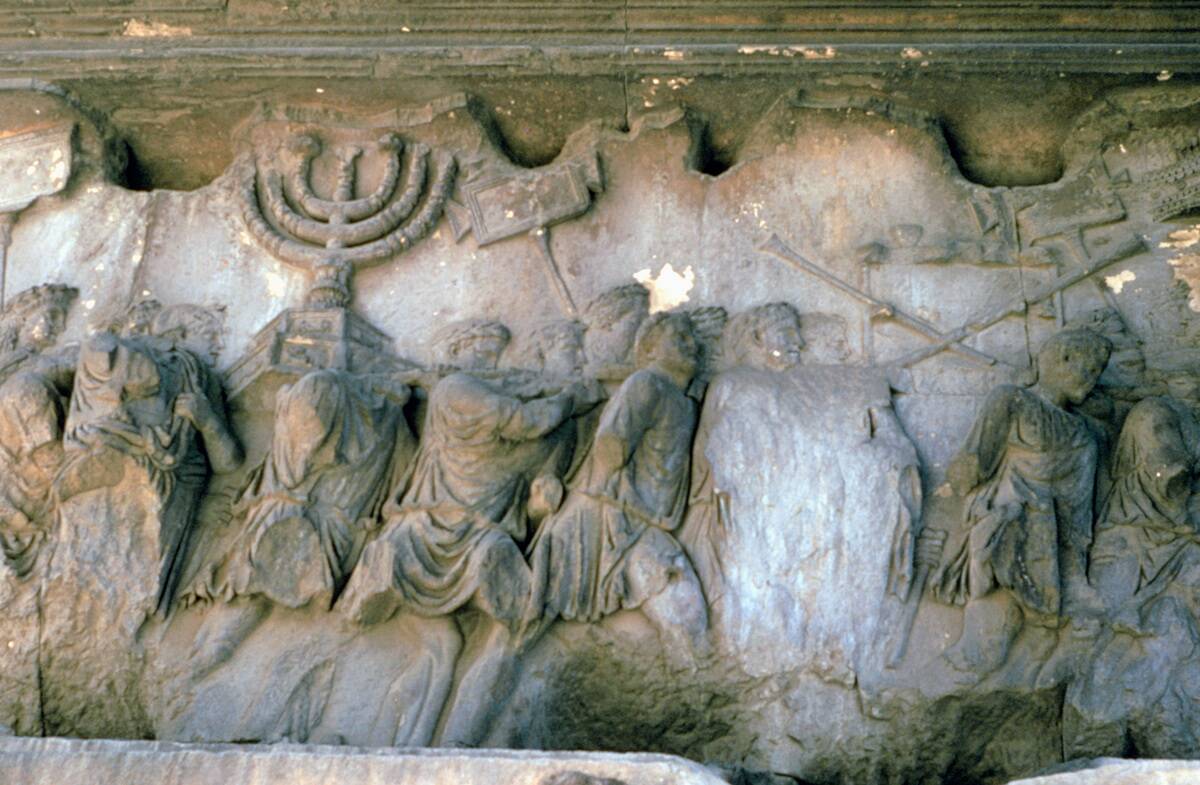
The Jewish Revolts against Roman rule were driven by religious and political tensions in Judea. The First Jewish-Roman War (66-73 CE) culminated in the destruction of the Second Temple in Jerusalem, a devastating blow to Jewish culture.
Later revolts, such as the Bar Kokhba revolt in 132-136 CE, further strained Rome’s resources. These uprisings highlighted the challenges of governing diverse populations and the limits of Roman tolerance for dissent.
The Crisis of the Third Century: Rome’s Near Collapse
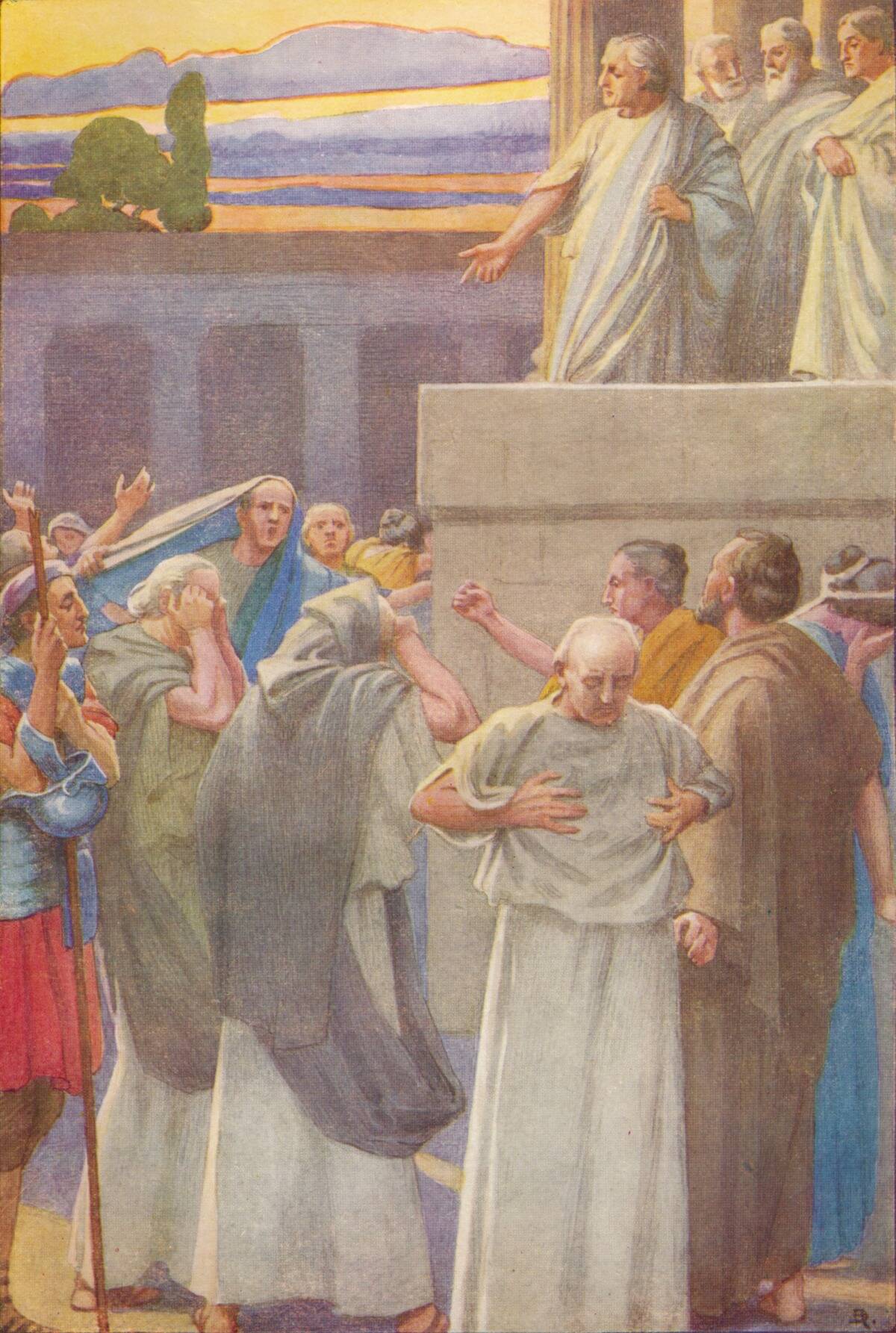
The third century marked a period of severe instability for Rome, known as the Crisis of the Third Century. The empire was plagued by internal strife, economic turmoil, and external threats.
Over 50 people claiming to be emperors came and went in rapid succession, with the empire nearly fracturing into separate states. However, reforms initiated by Emperor Diocletian in the late 3rd century helped stabilize the situation, setting the stage for a temporary revival of Roman fortunes.
The Rise of the Goths: The Battle of Adrianople
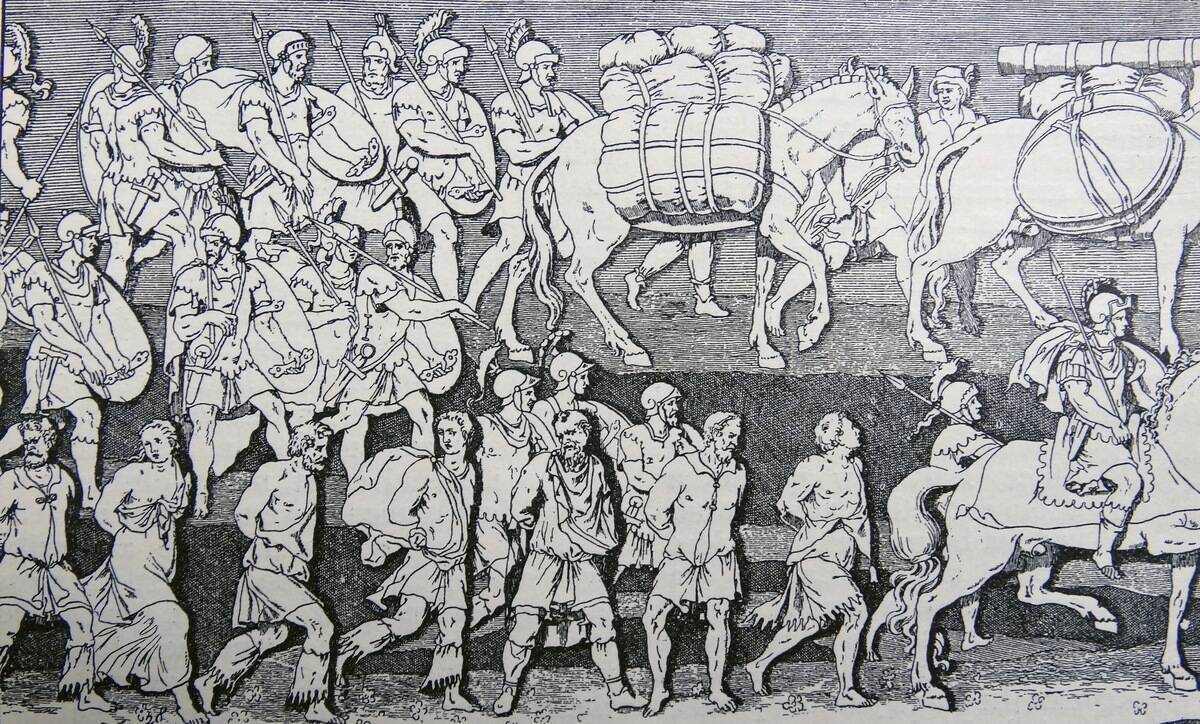
The Battle of Adrianople in 378 CE was a turning point in Roman history, marking the rise of the Goths as a formidable force. Emperor Valens underestimated the Gothic threat, leading to a catastrophic defeat for the Roman army.
This battle exposed the vulnerabilities of the Roman military and foreshadowed the eventual downfall of the Western Roman Empire. The Goths’ victory at Adrianople was a harbinger of the changing tides in the ancient world.
The Division of the Empire: East Meets West
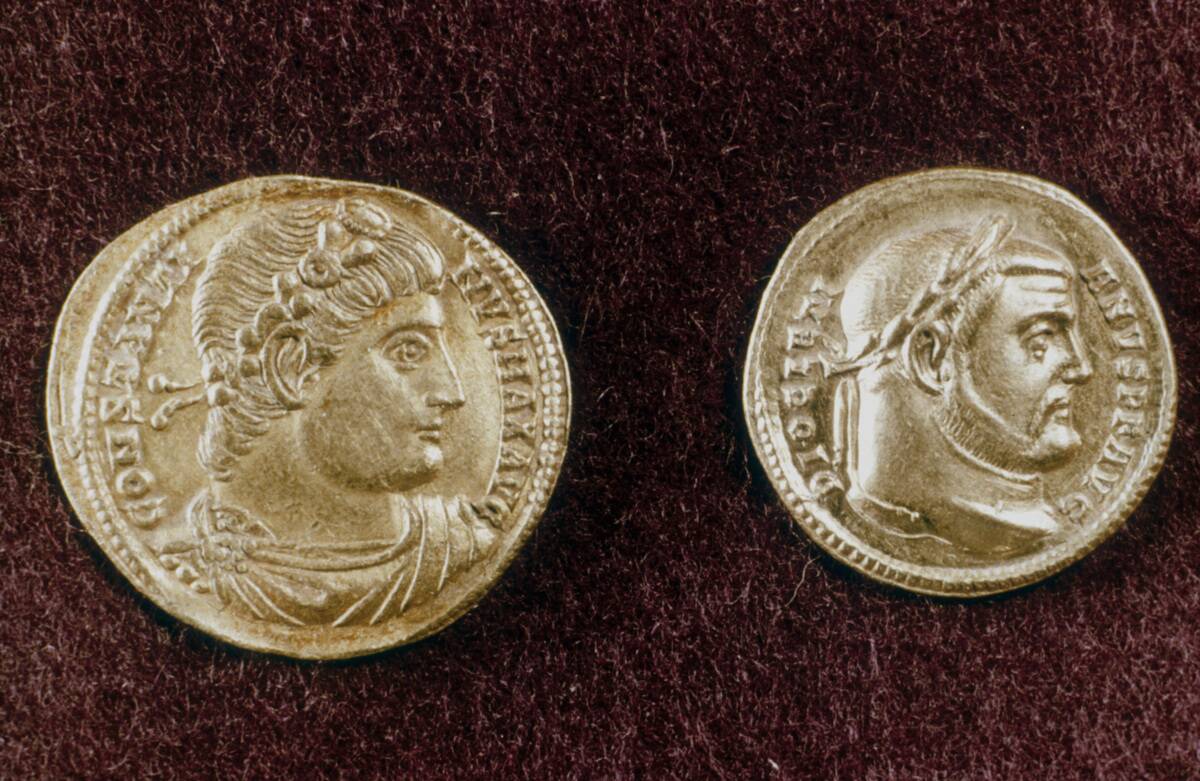
In 285 CE, Emperor Diocletian divided the Roman Empire into Eastern and Western halves to improve administrative efficiency. This division, later formalized by Emperor Theodosius I, led to distinct cultural and political developments in each half.
While the Western Empire faced increasing pressures and eventual collapse, the Eastern Roman Empire, or Byzantine Empire, continued to thrive for centuries, preserving Roman traditions and influencing the medieval world.
The Sack of Rome: The Visigoths’ Unwanted Visit

In 410 CE, the unthinkable happened: Rome was sacked by the Visigoths under King Alaric. This event sent shockwaves throughout the empire, symbolizing the decline of Roman power.
Rome had not been sacked in over 800 years, and the psychological impact was profound. While the city eventually recovered, the sack marked a turning point, as it became increasingly clear that the Western Roman Empire was in its twilight years.
Attila the Hun: The Scourge of God
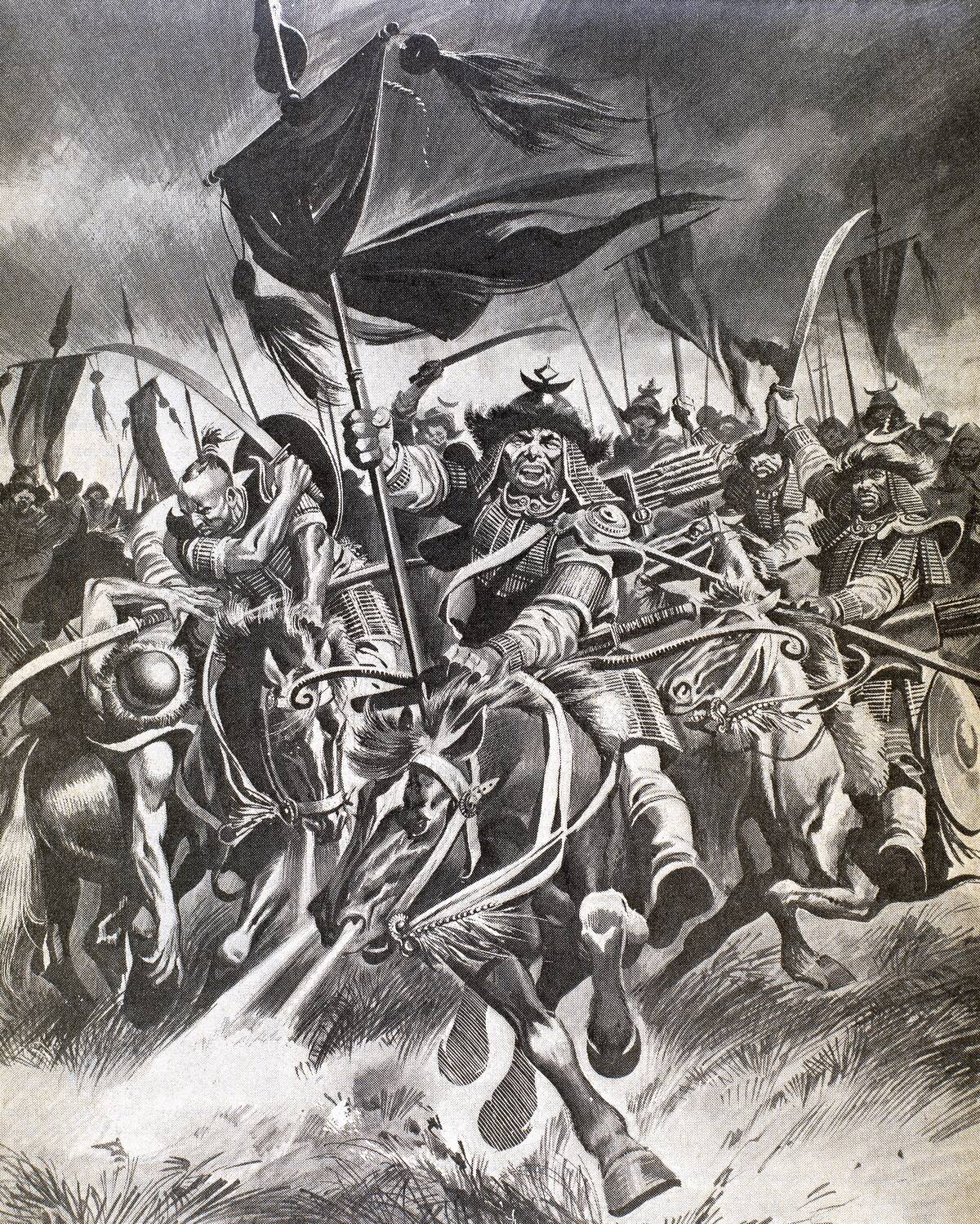
Attila the Hun, known as the “Scourge of God,” was a fearsome leader who terrorized the Roman Empire in the 5th century. His campaigns across Europe instilled fear in the hearts of Romans and non-Romans alike.
In 452 CE, Attila’s forces invaded Italy, threatening Rome itself. Though his sudden death in 453 CE spared Rome from further devastation, Attila’s legacy lingered, underscoring the vulnerabilities of the empire to barbarian invasions.
Odoacer and the Fall of the Western Empire: The Final Curtain
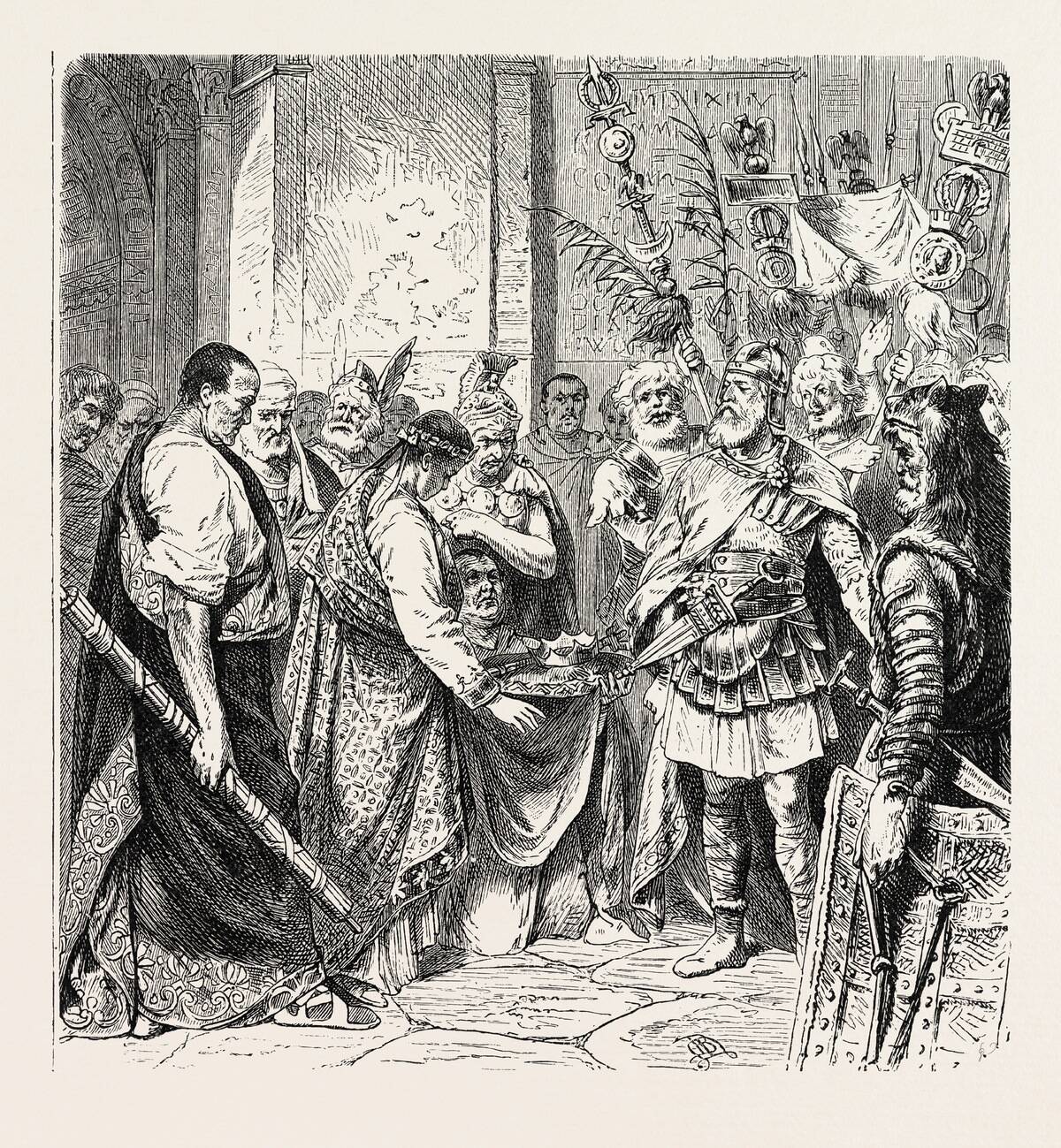
In 476 CE, the Western Roman Empire came to an end when the Germanic chieftain Odoacer deposed the last Roman emperor, Romulus Augustulus. This event is often seen as the definitive fall of the Western Roman Empire.
Odoacer’s ascension marked the transition from ancient Rome to the medieval period. Though the Eastern Roman Empire continued to flourish, the fall of the West signaled the end of an era and the beginning of a new chapter in European history.



